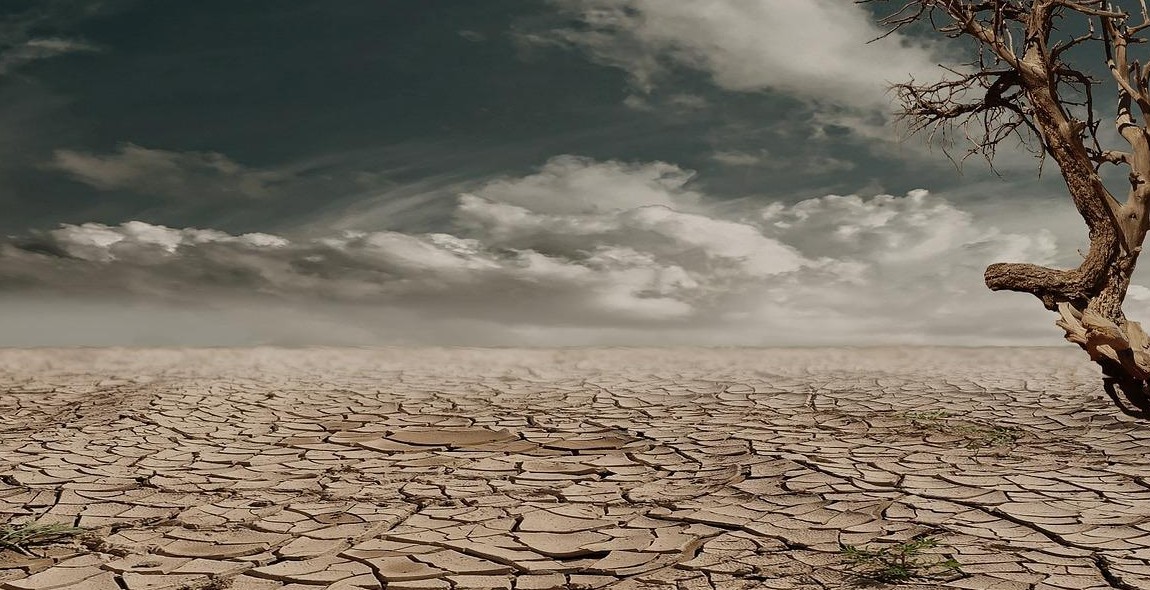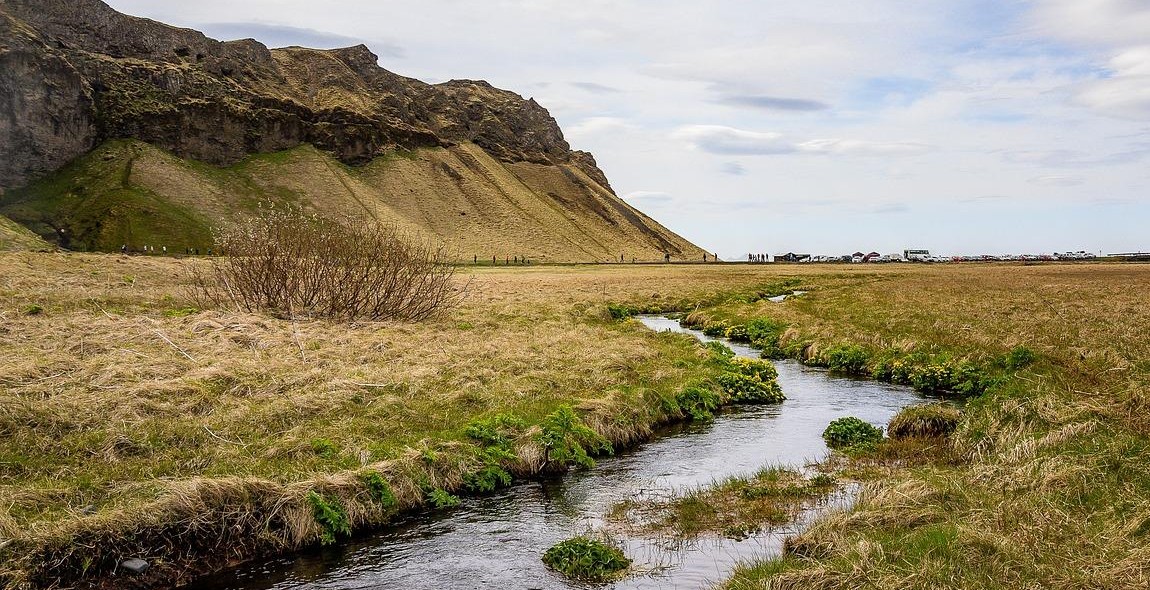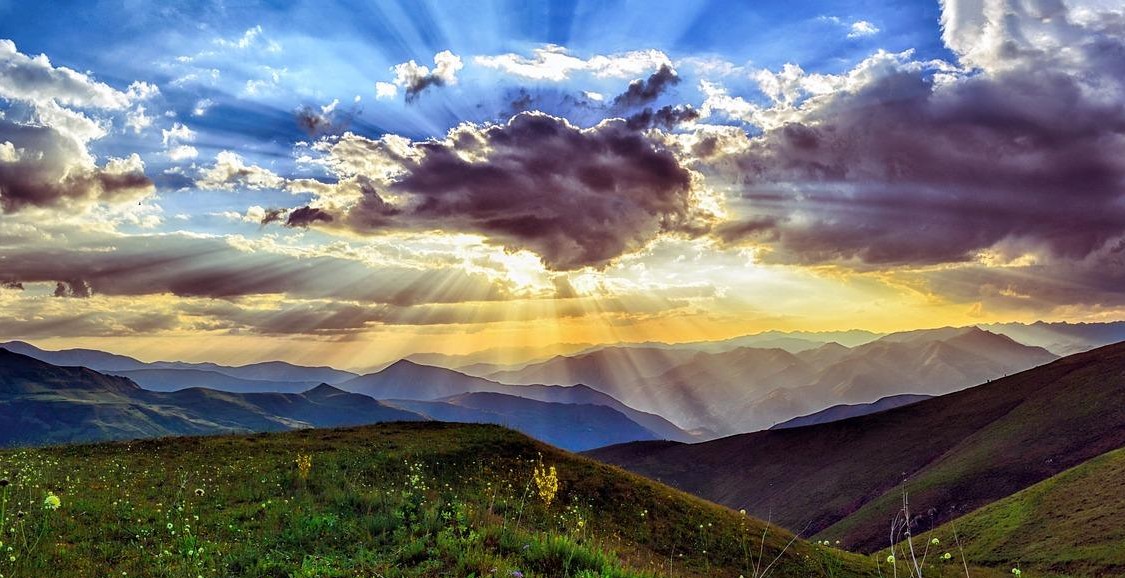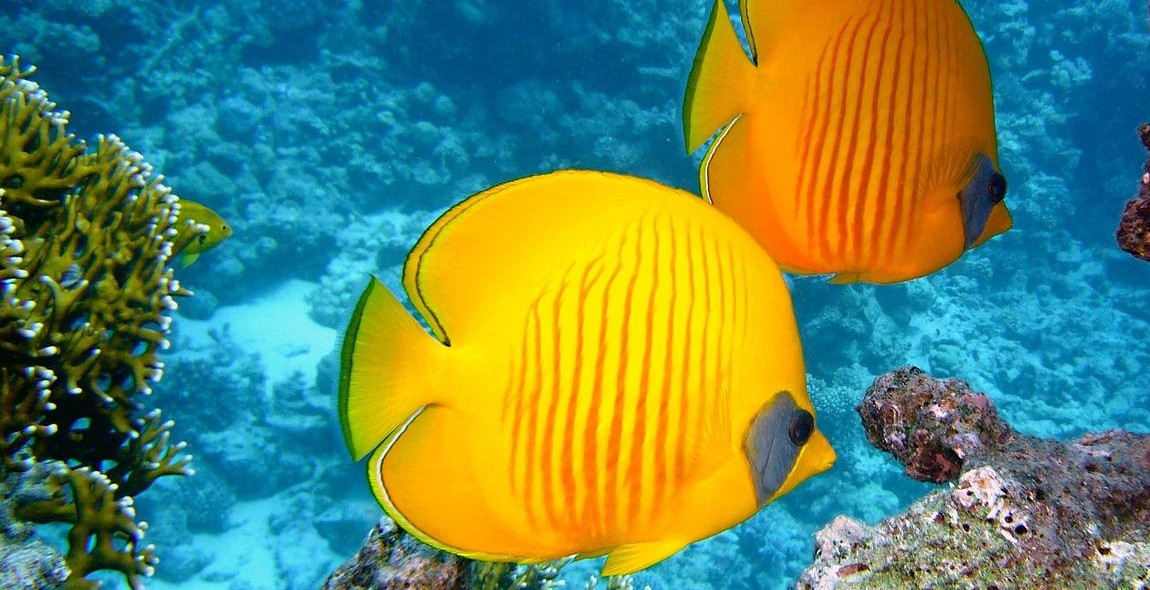Incredible Biomes of the World and Where to Experience Them
Our planet is home to a diverse range of ecosystems, known as biomes, each with its own unique characteristics and inhabitants. From lush rainforests teeming with exotic wildlife to arid deserts with vast landscapes of sand dunes, these biomes offer breathtaking natural beauty and fascinating ecological systems.
In this article, we will explore some of the most incredible biomes in the world and provide recommendations on where you can experience them firsthand. Whether you are an adventurous traveler seeking new landscapes or a nature enthusiast eager to learn about different ecosystems, these biomes offer a wealth of opportunities for exploration and discovery.
The Rainforests
Spanning across continents, tropical rainforests are known for their dense vegetation, towering trees, and abundant wildlife. The Amazon Rainforest in South America and the Congo Rainforest in Africa are two of the largest and most biodiverse rainforests on Earth.
The Deserts
Deserts are characterized by their extreme aridity, with minimal rainfall and sparse vegetation. The Sahara Desert in Africa and the Atacama Desert in South America are among the most famous deserts, offering unique landscapes and opportunities for stargazing.
The Coral Reefs
Coral reefs are underwater ecosystems known for their vibrant colors and diverse marine life. The Great Barrier Reef in Australia and the Mesoamerican Barrier Reef System in the Caribbean are two of the most iconic coral reef locations.
The Tundra
The tundra biome is characterized by its cold temperatures, frozen ground, and low-growing vegetation. The Arctic tundra in the Northern Hemisphere and the Alpine tundra in high mountain ranges are prime locations to experience this unique and challenging environment.
Join us as we embark on a journey through these incredible biomes, exploring their wonders and discovering the best destinations to immerse yourself in their natural beauty.
Rainforest Biome
1.1 Amazon Rainforest
The Amazon Rainforest is the largest tropical rainforest in the world, spanning across nine countries in South America. It covers an area of approximately 5.5 million square kilometers and is home to an incredible diversity of plant and animal species. With its dense vegetation, towering trees, and labyrinthine river systems, the Amazon Rainforest offers a truly immersive and awe-inspiring experience.
This magnificent biome is known for its incredible biodiversity, housing thousands of species of plants, mammals, birds, reptiles, and insects. Visitors can witness the iconic giant Amazon water lilies, colorful macaws, elusive jaguars, and playful river dolphins. Exploring the Amazon Rainforest provides a unique opportunity to connect with nature and discover the wonders of this extraordinary ecosystem.
1.2 Congo Rainforest
The Congo Rainforest, located in Central Africa, is the second-largest rainforest in the world. It spans across multiple countries, including the Democratic Republic of the Congo, Cameroon, and Gabon. This vast and ancient rainforest is renowned for its incredible biodiversity and is home to numerous endangered species.
Visitors to the Congo Rainforest can witness stunning landscapes, including dense canopies, meandering rivers, and picturesque waterfalls. The region boasts a rich variety of wildlife, such as gorillas, chimpanzees, forest elephants, and colorful bird species. Exploring the Congo Rainforest offers a unique opportunity to experience the untamed beauty of nature and encounter rare and elusive creatures.
1.3 Daintree Rainforest
The Daintree Rainforest, located in Queensland, Australia, is one of the oldest rainforests on the planet. This World Heritage-listed site offers a captivating blend of ancient trees, crystal-clear streams, and diverse wildlife. Spanning an area of approximately 1,200 square kilometers, the Daintree Rainforest is a haven for nature enthusiasts.
Exploring the Daintree Rainforest allows visitors to witness unique flora and fauna, including the iconic cassowaries, colourful butterflies, and rare tree-dwelling kangaroos. The region also offers opportunities for hiking, birdwatching, and guided tours to learn about the rich indigenous culture and history of the area. The Daintree Rainforest is a must-visit destination for those seeking an immersive rainforest experience in Australia.

2. Desert Biome
The desert biome is a unique and captivating ecosystem characterized by its extreme aridity and minimal rainfall. Despite the harsh conditions, deserts are home to a diverse range of plants, animals, and geological wonders. In this section, we will explore three of the most incredible deserts in the world: the Sahara Desert, the Atacama Desert, and the Gobi Desert.
2.1 Sahara Desert
The Sahara Desert, located in North Africa, is the largest hot desert in the world, covering an area of approximately 9.2 million square kilometers. It is known for its vast stretches of sand dunes, towering mountains, and rocky plateaus. The Sahara is home to various species of desert-adapted plants and animals, such as the dromedary camel, fennec fox, and date palm. Visitors to the Sahara can experience the awe-inspiring beauty of the desert landscape, go on camel treks, and witness breathtaking sunsets over the golden dunes.
2.2 Atacama Desert
The Atacama Desert, situated in Chile, is the driest non-polar desert in the world. Its unique geographical features, including salt flats, geysers, and lunar-like landscapes, make it a popular destination for nature enthusiasts and photographers. Despite its extreme dryness, the Atacama Desert is surprisingly rich in biodiversity, with numerous species of cacti, lizards, and flamingos. Travelers can explore the otherworldly beauty of the Atacama by visiting the El Tatio Geysers, the Valle de la Luna, or taking part in stargazing tours to witness the clear night skies.
2.3 Gobi Desert
The Gobi Desert, spanning across northern China and southern Mongolia, is a vast and diverse desert that encompasses both sandy dunes and rocky terrain. It is renowned for its unique geological formations, including the Flaming Cliffs, where dinosaur fossils have been discovered. The Gobi Desert is home to various wildlife species such as the Bactrian camel, snow leopard, and jerboa. Visitors can experience the nomadic lifestyle of the local herders, explore ancient cave paintings, or embark on adventurous desert expeditions.

3. Tundra Biome
The Tundra biome is a unique and fascinating ecosystem characterized by its extremely cold temperatures and limited vegetation. It can be found in the Arctic and Alpine regions of the world, offering breathtaking landscapes and a chance to witness the resilience of nature in extreme conditions. There are two main types of tundra: Arctic Tundra and Alpine Tundra.
3.1 Arctic Tundra
The Arctic Tundra is located in the northernmost parts of the world, such as Alaska, Canada, Russia, and Greenland. This frozen landscape is covered in snow and ice for most of the year, with temperatures dropping well below freezing. The vegetation in the Arctic Tundra is low-growing and consists mainly of mosses, lichens, and small shrubs. It is home to unique wildlife species adapted to survive in this harsh environment, including polar bears, Arctic foxes, and caribou.
3.2 Alpine Tundra
Unlike the Arctic Tundra, Alpine Tundra can be found at high altitudes in mountainous regions around the world, such as the Himalayas, the Andes, and the Rockies. The climate in Alpine Tundra is characterized by strong winds, low temperatures, and a short growing season. The vegetation in this biome consists of small, hardy plants like grasses, sedges, and dwarf shrubs. Animals found in Alpine Tundra include mountain goats, pika, and marmots, all of which have adapted to survive in the rocky terrain and limited resources.
In conclusion, the Tundra biome offers a unique opportunity to experience the beauty and challenges of extreme environments. Whether exploring the vast frozen landscapes of the Arctic Tundra or venturing into the high-altitude wonders of Alpine Tundra, visitors will be awe-inspired by the resilience of life in these harsh conditions.

4. Grassland Biome
The grassland biome is characterized by vast stretches of open land covered in grasses and scattered trees. It is found on every continent except Antarctica and is known by different names in different regions, such as prairie, steppe, or savanna. The grassland biome is home to a diverse range of plant and animal species, adapted to the unique environmental conditions.
4.1 African Savanna
The African Savanna is one of the most iconic grassland biomes in the world. Stretching across the continent, it is renowned for its diverse wildlife and expansive grassy plains. The African Savanna is home to large herds of grazing animals like zebras, gazelles, and wildebeest, as well as predators such as lions, cheetahs, and hyenas. The symbiotic relationship between these animals creates a delicate balance in this ecosystem.
The African Savanna experiences distinct wet and dry seasons, with heavy rainfall during the wet season supporting the growth of lush grasses. This abundance of vegetation provides food for the herbivores, while the predators take advantage of the plentiful prey. Visitors to the African Savanna can witness the incredible wildlife interactions and marvel at the stunning landscapes.
4.2 Great Plains
The Great Plains of North America are another notable grassland biome. Stretching across the central part of the continent, the Great Plains are characterized by vast expanses of grasses, wildflowers, and rolling hills. This region is known for its extreme weather conditions, including hot summers and cold winters.
The Great Plains were once home to massive herds of bison, which played a crucial role in shaping the ecosystem. Today, visitors can explore preserved areas like the Badlands National Park and witness the remnants of this once-thriving ecosystem. The Great Plains are also home to unique bird species, such as the greater prairie chicken and the burrowing owl, making it a paradise for birdwatchers.
Whether it’s the African Savanna or the Great Plains, the grassland biome offers breathtaking landscapes and remarkable biodiversity. Exploring these biomes provides a deeper understanding of the delicate balance between flora and fauna and the intricate web of life that exists within these open grassy lands.

5. Coral Reef Biome
The Coral Reef biome is one of the most diverse and fragile ecosystems on Earth. Known for its vibrant colors and rich marine life, coral reefs are found in tropical and subtropical waters around the world. In this section, we will explore three renowned coral reef destinations: the Great Barrier Reef, the Maldives, and Palau.
5.1 Great Barrier Reef
The Great Barrier Reef, located off the coast of Queensland, Australia, is the largest coral reef system on the planet. Spanning over 2,300 kilometers, it is a UNESCO World Heritage site and home to an astonishing variety of marine species. Snorkeling or diving in the crystal-clear waters of the Great Barrier Reef offers a chance to encounter colorful coral formations, sea turtles, tropical fish, and even majestic manta rays.
5.2 Maldives
The Maldives is a tropical paradise renowned for its pristine white-sand beaches and azure waters. This archipelago nation in the Indian Ocean is composed of 26 coral atolls, making it an ideal destination for diving and snorkeling enthusiasts. The Maldives’ coral reefs are teeming with an incredible array of marine life, including vibrant coral gardens, gentle whale sharks, and playful dolphins.
5.3 Palau
Palau, located in the western Pacific Ocean, is a hidden gem for coral reef enthusiasts. This small archipelago offers some of the most stunning underwater landscapes in the world. The Rock Islands Southern Lagoon, a UNESCO World Heritage site, is home to a diverse range of coral species and marine creatures. Snorkelers and divers can explore underwater caves, swim alongside graceful sea turtles, and witness the famous Jellyfish Lake, where millions of jellyfish pulsate through the water.
Exploring these incredible coral reef biomes not only provides an unforgettable experience but also raises awareness about the importance of preserving these delicate ecosystems for future generations to enjoy.
Conclusion
Exploring the incredible biomes of the world is a fascinating adventure that allows us to witness the immense diversity and beauty of our planet. From the lush rainforests of the Amazon to the barren deserts of the Sahara, each biome has its own unique characteristics and inhabitants that make it a truly remarkable experience.
Whether you are a nature enthusiast, an adventure seeker, or simply someone looking to broaden their horizons, there are plenty of opportunities to immerse yourself in these extraordinary biomes.
Where to Experience Biomes
If you are interested in experiencing the tropical rainforest biome, consider visiting the Amazon Rainforest in South America or the Daintree Rainforest in Australia. These regions offer breathtaking landscapes, diverse wildlife, and opportunities for eco-tourism.
For those intrigued by the wonders of the marine biome, the Great Barrier Reef in Australia and the Galapagos Islands in Ecuador are must-visit destinations. These locations provide unparalleled opportunities for snorkeling, scuba diving, and exploring the vibrant underwater ecosystems.
If you prefer the serenity of the tundra biome, head to Alaska in the United States or Siberia in Russia. These regions offer vast expanses of frozen landscapes, unique wildlife such as polar bears and reindeer, and the chance to witness the spectacular Northern Lights.
Conclusion
From the icy Arctic to the steamy rainforests, our planet is home to a multitude of biomes, each with its own wonders waiting to be discovered. By venturing into these diverse ecosystems, we not only gain a deeper appreciation for the natural world but also contribute to their preservation.
So, pack your bags, embrace the adventure, and embark on a journey to experience the incredible biomes of the world firsthand. Let the awe-inspiring landscapes, extraordinary wildlife, and unique cultures captivate your senses and leave you with memories that will last a lifetime.
